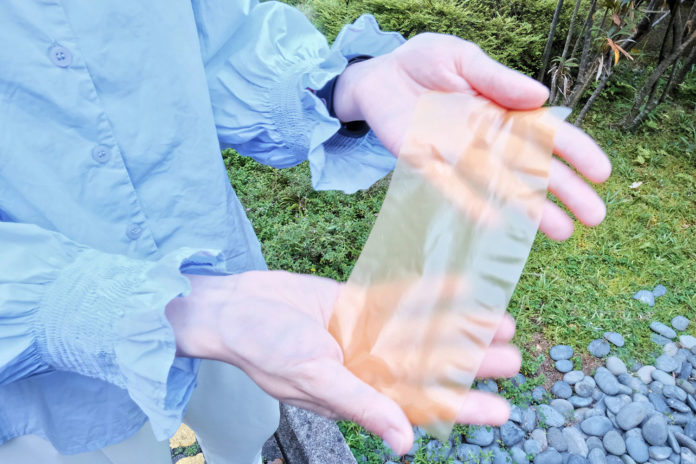When we think of computer hacking it usually involves gaining access to someone’s computer through an Internet connection often via email and a secretly downloaded application or through a bug inside a downloaded software program.
Now security researchers at Ben-Gurion University in Israel have discovered a method called called “Air Hopping” that extracts data from a computer not connected to the Internet, aka an isolated or “air-gap” computer. The method also does not use Wifi or Bluetooth.
The following image shows the setup: 1) a targeted computer “A” (below) emanates radio signals that are picked up by a mobile phone (B) from a distance of about 4 meters.
According to Mordechai Guri and his professor, Yuval Elovici of the school’s Cyber Security Labs, “AirHopper” is a “bifurcated malware that bridges the air-gap between an isolated network and nearby infected mobile phones using FM signals.”
AirHopper uses an infected computers graphics card to admit electromagnetic signals that are picked up by a nearby mobile phone which then captures the data. Both textual and binary data can be captured from up to 22 feet (7 m) away. According to Guri, the only current method for preventing this type of attack is physically insulating computers and cables to prevent emissions that can be picked up by receivers.
Guri and colleagues’s paper was presented to the 9th IEEE Inter-national Conference on Malicious and Unwanted Software (MALCON) 2014.
AirHopper: Bridging the Air-Gap between Isolated Networks and Mobile Phones using Radio Frequencies from mordechaiguri
Finally, it should come as no surprise that the National Security Agency (NSA) has reportedly developed this technique through a program called TEMPEST to siphon data from computers and servers via just these types of leaks which include radio signals, electrical signals, vibrations from hardware and from monitors, memory chips, keyboards, network cards and connection cables.
Related IndustryTap articles:
- Do You Know What’s Hacking Your Cell Phone?
- $20 Gadget Allows Hackers to Control Your Car
- The High-Tech Gadgets and High Stakes of Corporate and Political Espionage
- Corporate Espionage Has Come of Age
- Is the $670 Million USS Freedom a Sinking Ship?
- What Does The Worst Case Cyber-Attack Look Like?
- Robotics Revolution In Full Swing: A Sampling of Over 200 Robotics Startups
- Visualizing the Future of 2020
References and related links:







